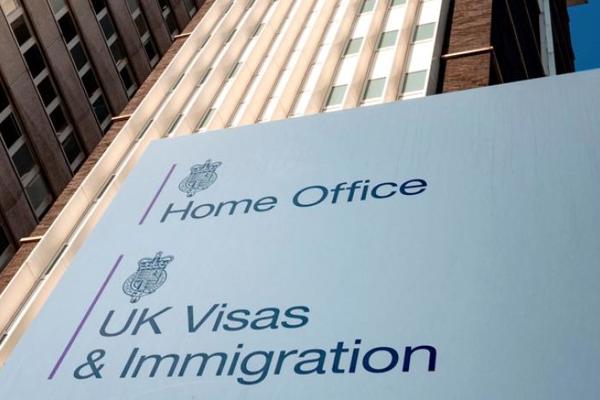I should know better because I’ve spent the last 10 years dealing with the fallout from DIY visa applications. Visa applications can be life altering and the consequences of getting it wrong are severe so it makes sense to minimise the risk of refusal as much as possible. However, it can be tempting to try to minimise costs in an already expensive system.
The immigration system I deal with on a daily basis now, is much harder to navigate and considerably more expensive, than the one I dealt with on my first day at a law centre a decade ago. A single small error can result in a refusal and with that comes expense and stress for those involved.
I can understand why many people choose to submit applications without legal help, after all the Government website makes the process sound simple so it’s easy to miss the detailed guidance PDFs that are linked to, and need to be understood before applying. However, like that DIY project we all think we can handle, submitting a visa application yourself can go badly wrong. Over the years I’ve helped a number of clients with visa refusals that could easily have been avoided, for example:
- A case where the visa would have been granted if a child’s birth certificate was submitted. The client had to endure several months of stress before we were able to get the Home Office to withdraw the refusal, on the morning of a tribunal hearing.
- A case where the wrong English language certificate was submitted. This led to doubts about the client’s right to work, and a period of uncertainty while the appeal was resolved.
- A case where the individual applied for indefinite leave to remain rather than a visa extension. They hadn’t realised that one of their previous visas didn’t count towards the indefinite leave residency period and had to make an expensive second application.
- Countless cases where the financial evidence submitted didn’t meet the Home Office requirements. These either involve lengthy appeals or second applications, with no refunds on the application fee being given.
Having an expert check your application can save you money in the long run, it can also give you the peace of mind needed to avoid weeks of worrying every time the post arrives. Most importantly, getting an immigration expert to help with your application doesn’t have to be expensive, we offer a range of packages designed to suit most budgets and it isn’t necessary to have us prepare your whole application.
One of our most popular services is a one off checking service, for a small fee we check your draft application and supporting documents before providing you with advice on the changes needed to meet the Home Office rules. It can all be done by email and video call to suit you, so you don’t even need to attend the office.
If you are planning to make a visa application please consider getting it checked before submitting it. It might just save you from a DIY disaster.
If you would like information on our visa checking services please get in touch.


